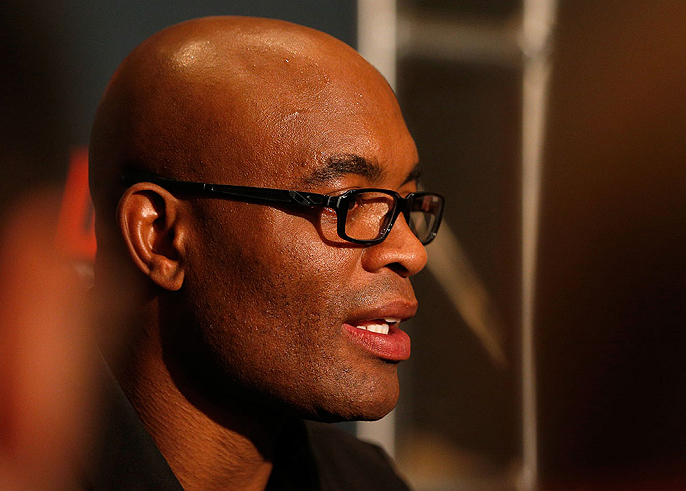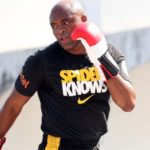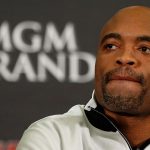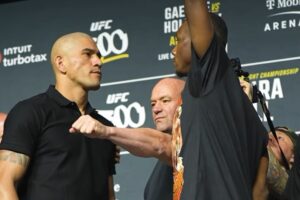One of the biggest doubts that arose after the announcement of doping Anderson Silva This is why the exam took this entire period to be released. After all, the Brazilian fighter's samples were collected on January 9, 22 days before his fight against Nick Diaz, at UFC 183, and the result was only announced on February 3rd.
See too
Despite having been caught using the anabolic drostanolone, Anderson was still able to participate in the fight, which he won by the judges' decision. Such delay provoked the fury of the director of the Nevada Athletic Commission, which stated that the results should have been sent within seven days. However, Daniel Eichner, executive director of the laboratory responsible for the test, the Sports Medicine Research and Testing Laboratory (SMRTL), explained that the entire process is not actually that fast.
In an interview with the North American website “Yahoo Sports”, Eichner detailed the procedure adopted by the laboratory, which follows all the standards of WADA, the World Anti-Doping Agency. According to him, the samples collected are divided into two, sample A and sample B. Analysis is only carried out on the first, in a process described by Eichner as “vast and extensive scanning”. If something suspicious is found, an even more detailed procedure begins.
“If we see something that even remotely resembles a banned substance, we then take the rest of the A sample and do a confirmation process. Then we look specifically for that compound of that drug or metabolite. Obviously we would like to have the results as quickly as possible, but it is important to remember that this type of work done by WADA-accredited laboratories is different to what is normally done. We are not comparing the same things. Just look at what happens at the Olympics: people lose their medals, they are not prevented from competing. Sometimes this kind of thing takes longer, so we only have to take some action after the fact”, he detailed.
Furthermore, Eichner said that it would not be possible to “speed up” the process taking into account the magnitude of the fight, as the laboratory does not know who the athlete in question being tested is. “We are independent and have no knowledge of who is being tested. We receive a sample, which can be urine or blood, or both, and it arrives by mail. We register it in the system and the analyst works on the sample. It’s important to remember that the analyst only sees a number and has no idea whether that corresponds to a specific athlete or event,” he said.
Claiming to be innocent, Anderson has already asked for a countertest to be carried out, which will happen with sample B. The former champion asked for the test to be carried out in a laboratory other than SMRTL, which was not met, as this would violate WADA regulations. The result of the countertest does not yet have an estimated date for it to be released. Furthermore, the Brazilian's case will be judged by the Nevada Athletic Commission in a hearing to be held on February 17th. At this meeting, if doping is confirmed, possible punishments that the Brazilian may suffer will be discussed.
[vox id=”29106″]









Comments